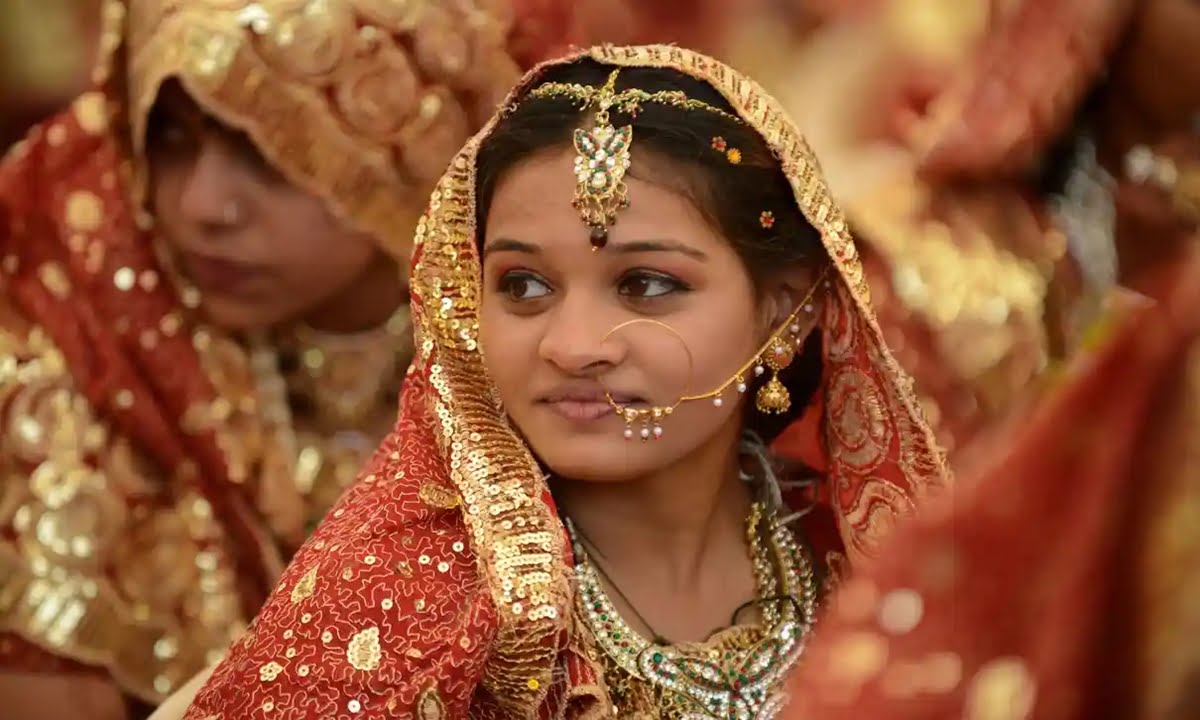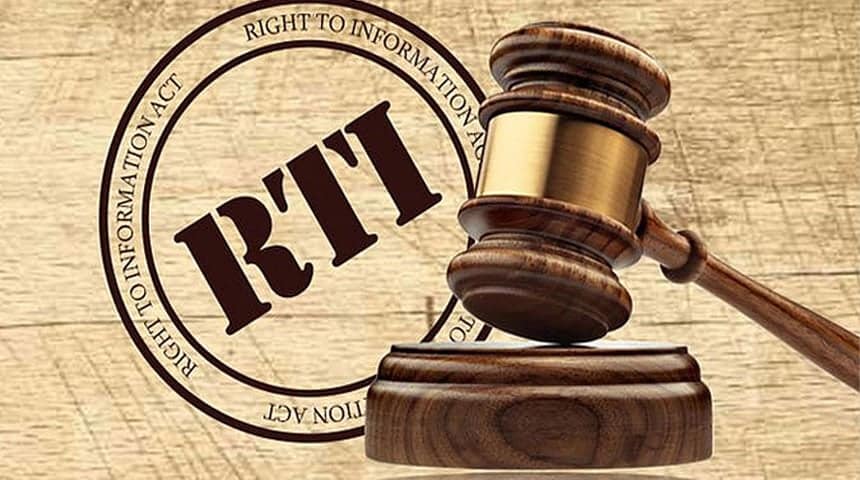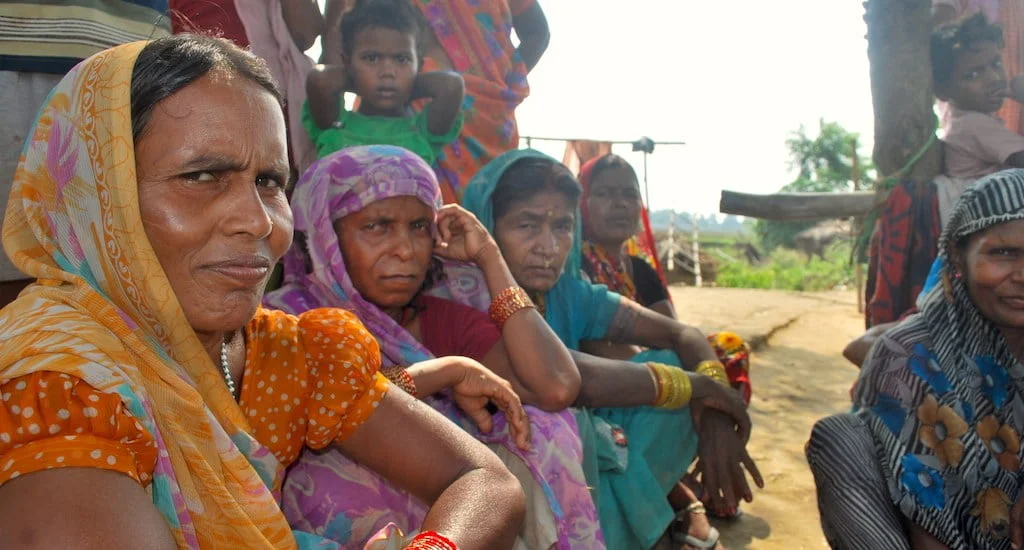In his Independence Day speech, Prime Minister Narendra Modi asserted on increasing the legal age of marriage for girls to 21 from 18. This was hailed by many as a decisive move towards curbing the problem of child marriage that continues to be prevalent in our country. This essay attempts to dissect how the implementation of the decision to increase the legal age of marriage for girls in India could impact gender inequity in India.
When Jane Austen opened the novel Pride & Prejudice with “a truth universally acknowledged, that a single man in possession of a good fortune, must be in want of a wife,” she was unwittingly airing the dirty linen of patriarchal capitalism. Marxist Feminists believe that the existence of private wealth and property under historical patriarchy created the construct of a male heir – a son to bequeath one’s fortune and title upon. Known as “patrilineage”, this line of inheritance has been most notably glamourised in Patek Phillipe’s advertising – you never actually own a Patek Phillipe timepiece, you merely “take care of it for the next generation.” Patrilineage could only operate if a woman’s body was complicit in continuing the bloodline, and so an aristocrat’s “want of a wife” became inextricably linked with her “ability” to produce a son. The legal age of marriage of a woman is a vital point of discussion here.
The girls’ guardians merely change from their fathers to husbands once they have attained puberty and given evidence of their fertility, thus becoming one of the fundamental reasons as to why a legal age of marriage was pushed for.
Also read: Elopements And “Child Marriages”: Do We Know The Full Story?
Daughters were excluded from this private system of inheritance and ownership as they were akin to property themselves. Their guardians merely changed from their fathers to husbands once they had attained puberty and given evidence of their fertility, thus becoming one of the fundamental reasons as to why a legal age of marriage was pushed for. Due to their primary role in reproduction, a task which falls under the realm of domesticity, girls also had less access and opportunities to the wealth produced in the global capitalist economy. Patriarchal capitalism created a sexual division of labour under which men would undertake paid work outside the home, and women would perform unpaid work within it. In The Origin of the Family, Private Property and the State, Friedrich Engels observed that this artificial distribution of work constituted “the world historical defeat of the female sex.”
For Women It Is Always “Or” And Never “And”
While patriarchy is a hydra, non-discriminatory laws such as the one on legal age of marriage are among the ugliest heads of gender inequality. Even though the legal age of marriage for girls was raised from 15 to 18 four decades ago, it remains lower than the legal age of marriage for boys which is 21. The current disposition is deeply offensive to women because it is based on the idea that women should marry early, rather than study and work to attain financial security. This idea of security is a thinly-veiled attempt to control women’s bodies and choices, as it comes with the unspoken debt of being financially dependent on male providers in their families. As a result, the current laws on the legal age of marriage renders men and women as unequal, further perpetuating their respective roles as breadwinners and birth-givers.
Even though the legal age of marriage for girls was raised from 15 to 18 four decades ago, it remains lower than the legal age of marriage for boys which is 21. The current disposition is deeply offensive to women because it is based on the idea that women should marry early, rather than study and work to attain financial security.
It is an understatement to say that the ages 18 to 21 are among the most formative years in any human being’s life. Critically, it is time when one acquires a college degree, a rite of passage to better employment and earning prospects. The law determining the legal age of marriage assumes that women should be exempt from the “drudgery” of having to earn for a living, and instead encouraged to drop out of high school, only to perform unpaid, lifelong labour. As a result, nearly half the women in India are married and have their first child by the age of 20. The average Indian woman is sentenced to a life of Sisyphean tasks, performing repetitive, invisible, and unquantified work. With no level of income or literacy, she is infantilised into being dependent. In the words of Simone de Beauvoir, “her wings are cut and then she is blamed for not knowing how to fly.”
Also read: Bride And Prejudice: The Fight For Eradicating Child Marriage In Delhi’s Schools
A Specter Is Haunting Women
The government has already hypothesised that deferring marriage by revising the laws on the legal age of marriage for women can lead to better population management in the National Population Policy (NPP) of 2000. The NPP advocates for the legal age of marriage for women as “preferably after 20,” as early marriages often result in a reproductive pattern of “too early, too frequent, too many.”
The NPP was ahead of its time in recognising the butterfly effect that giving women more choice over their bodies can have on social progress. In the 2005 bestseller Freakonomics, Steven Levitt and Stephen J. Dubner discuss the impact that Roe v. Wade had on juvenile delinquency rates in America. When a historical drop in gun violence was recorded in 1995 to 2000, experts cited everything from gun control laws to economic growth. However, few considered the Supreme Court’s pro-choice ruling in 1973, which prevented the unplanned births of thousands of children that would have been raised overwhelmingly by low-income, undereducated, adolescent mothers. Citing the tendency of children raised in adverse family environments to turn to crime, the economists revealed how preventing teenage pregnancies in one generation could obviate juvenile delinquency in the next.

While pressing issues like the lack of sanitation and safety keep girls out of school, we must also consider the causal effects that early marriage has on women’s aspirations and ambitions. The current law determining the legal age of marriage for women as 18 grants women the get-out-of-jail-free card to marry and “escape” earning for a living, but does not recognise that for some, the gilded cage may be early marriage itself. At the same time, the move to increasing legal age of marriage for girls to 21 cannot be in vacuum and should be coupled with other moves towards mitigating socio-economic inequity, otherwise it could just translate into furthering the state atrocities on the marginalised sections of the community in reality.
Mallika Pal is a communications and policy advocacy specialist in New Delhi. She is a graduate in Political Science from Lady Shri Ram College for Women, where she discovered she was a feminist. She can be found on LinkedIn, Twitter and Portfolio.
Featured Image Source: Guardian




